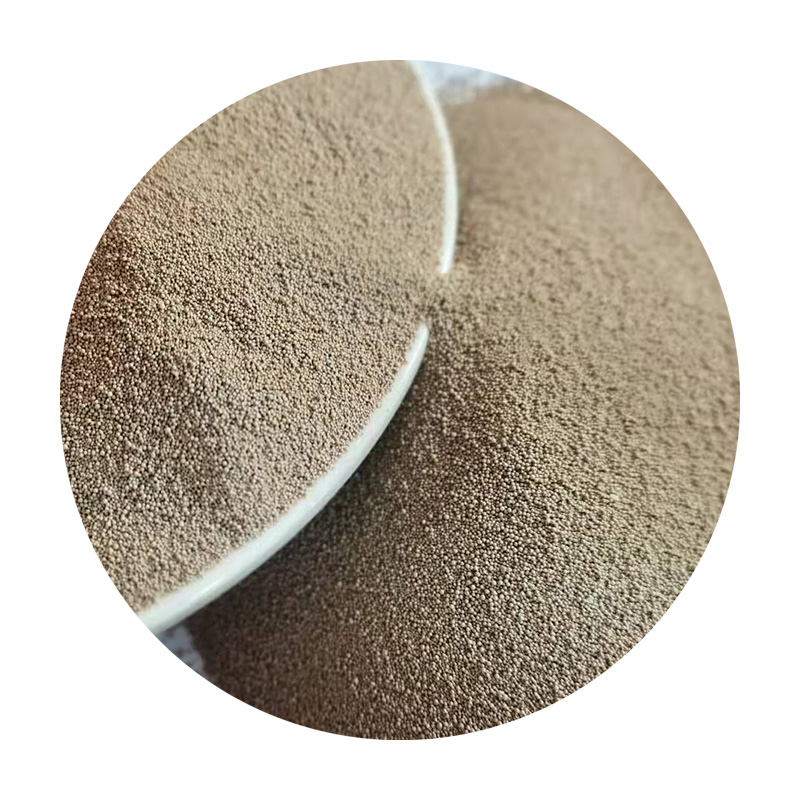The 3D Sand Printing Process Revolutionizing Manufacturing
In recent years, 3D printing has altered the landscape of manufacturing across various industries. Among the myriad techniques involved in this innovative technology, 3D sand printing stands out due to its unique capabilities and numerous advantages. This article delves into the intricacies of the 3D sand printing process and examines its impact on modern manufacturing.
At the core of 3D sand printing is the ability to create complex geometries with precision and efficiency. The process typically begins with a digital model, crafted using advanced computer-aided design (CAD) software. This digital blueprint is essential, as it dictates the precise shapes and dimensions of the final product. Once the design is finalized, it is sliced into horizontal layers by specialized software, which facilitates the layer-by-layer construction characteristic of 3D printing.
The 3D Sand Printing Process Revolutionizing Manufacturing
One of the primary advantages of 3D sand printing is its capability for rapid prototyping. Traditionally, creating molds for casting involved lengthy manufacturing processes, often taking weeks or even months. With 3D sand printing, prototypes can be produced in a fraction of the time, allowing companies to iterate designs quickly and efficiently. This speed is invaluable in fast-paced industries where time-to-market is crucial.
3d sand printing process

Additionally, 3D sand printing promotes sustainability in manufacturing. Traditional casting methods often lead to significant material waste, as excess material must be removed from molds. In contrast, 3D sand printing utilizes only the material necessary to construct the object, minimizing waste. Furthermore, the process can use recycled sand, further reducing the environmental impact. This aligns well with contemporary manufacturing trends that emphasize sustainability and resource conservation.
Another compelling benefit of 3D sand printing is its ability to produce customized products. Conventional manufacturing can be limited by the constraints of standard molds, but 3D sand printing allows for mass customization. Companies can create unique designs tailored to specific customer needs without the prohibitive costs usually associated with custom molds. This flexibility not only enhances customer satisfaction but also enables businesses to differentiate themselves in competitive markets.
The applications of 3D sand printing are vast and span multiple sectors, from aerospace and automotive to art and architecture. In aerospace, for instance, intricate components with lightweight designs can be achieved, significantly enhancing performance while reducing weight. In architecture, detailed models and custom components can be produced quickly, facilitating innovative designs and processes.
In conclusion, the 3D sand printing process represents a significant leap forward in manufacturing technology. With its ability to create complex geometries swiftly, promote sustainability, and enable mass customization, 3D sand printing is reshaping various industries. As advancements in this technology continue to evolve, we can expect to see an increasing number of applications and innovations that harness the power of 3D sand printing, facilitating a new era of manufacturing efficiency and creativity.
Post time:Oktoba . 20, 2024 08:40
Next:foundry sand casting process
